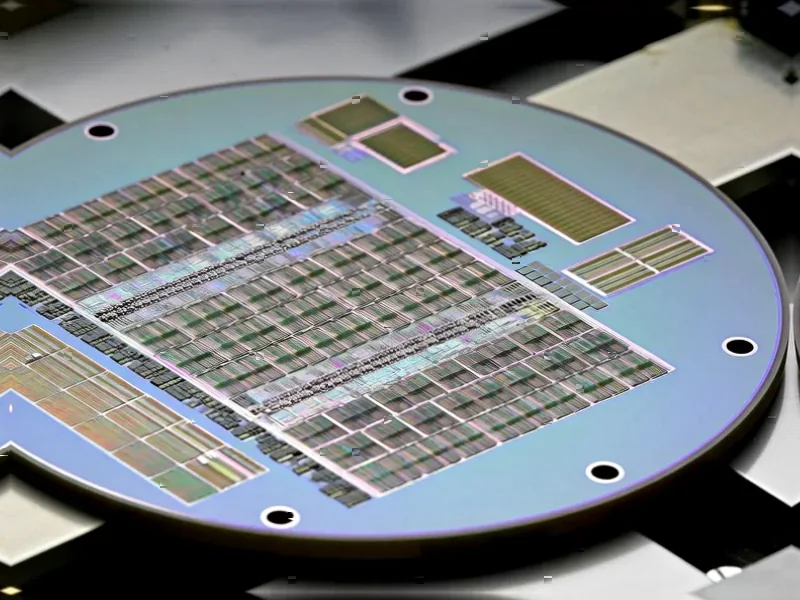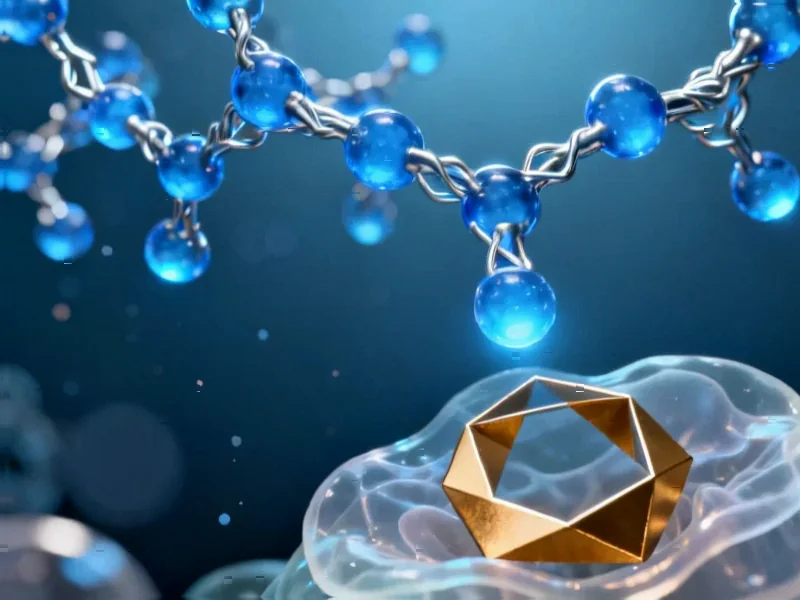According to Nature, researchers investigating barium molybdate (BaMoO3) perovskite thin films for hydrogen evolution reaction found unexpected degradation despite theoretical predictions of stability. The metallic films, fabricated using pulsed laser deposition on single crystalline NdGaO3 substrates, demonstrated crystalline structure and epitaxial growth in the (001) direction but showed relatively low electrochemical activity and rapid degradation under HER conditions. This contradicts previous literature suggesting BaMoO3 should function as a highly-active and stable catalyst, highlighting that processing conditions and material properties significantly impact both activity and stability. The study emphasizes that degradation assessment must begin from initial research stages and include post-electrochemical aging characterization to properly evaluate alternative HER catalysts.
Table of Contents
The Thin Film Reality Check
This research represents a crucial methodological advancement in catalyst evaluation that many in the hydrogen industry have overlooked. While powder-based catalysts with binders and supporting materials dominate current research, they often mask intrinsic material properties through complex interactions. The thin film approach used here provides a cleaner experimental system where surface area is precisely known and material behavior can be isolated from support effects. What makes this study particularly valuable is its demonstration that even carefully fabricated crystalline structures can fail under operational conditions, suggesting that many promising materials in literature might not survive real-world application.
The Hidden Stability Crisis in Catalyst Development
The degradation observed in BaMoO3 thin films exposes a broader industry challenge: most catalyst research prioritizes initial activity over long-term stability. In commercial electrolyzer applications, catalysts must withstand thousands of hours of continuous operation under varying load conditions. The rapid failure seen here, despite the material’s theoretical stability in alkaline environments, suggests that electrochemical aging introduces degradation mechanisms that standard material characterization misses. This is particularly concerning given that many research groups are reporting breakthrough activities for non-precious metal oxide catalysts without corresponding long-term stability data.
Commercial Implications for Green Hydrogen
For the emerging green hydrogen industry, these findings carry significant cost implications. The search for platinum alternatives has driven massive investment in non-precious metal catalysts, with many startups and established companies banking on oxide-based solutions. If fundamental stability issues persist across multiple candidate materials, the industry may face longer development timelines and higher costs than currently projected. The study suggests that early-stage stability screening using thin film methods could save millions in research funding by quickly eliminating unstable candidates before scale-up attempts.
Needed: A Methodological Shift in Catalyst Research
This research points toward a necessary evolution in how we evaluate hydrogen evolution catalysts. The traditional approach of optimizing for maximum initial activity must give way to a more balanced assessment that treats stability as equally important. The thin film methodology demonstrated here could become a standard screening tool, similar to how pharmaceutical companies use early-stage toxicity testing. As the catalysis field moves toward commercial deployment, researchers will need to develop standardized stability testing protocols that can predict real-world performance across different material classes and operating conditions.
Realistic Outlook for Non-Precious Catalysts
While this study reveals significant challenges, it doesn’t spell doom for non-precious metal oxide catalysts. Instead, it provides a more realistic framework for development. The findings suggest that successful catalysts will likely require sophisticated engineering approaches—perhaps multilayer structures, surface modifications, or composite materials—that can provide both activity and stability. The path forward will involve accepting that simple material substitutions for platinum won’t suffice, and that truly viable alternatives will need to be designed from the ground up with operational durability as a primary consideration.
Related Articles You May Find Interesting
- LyricEmotionNet Bridges Emotional AI Gap in Music Recommendations
- The Biological Cost of Fighting Nature’s Clock
- Nvidia’s $5 Trillion Gamble: AI’s Infrastructure King Faces Reality Check
- The Mining Paradox: Sandvik’s Empty Car Exposes Green Transition’s Dirty Secret
- PhantomRaven Malware Evades npm Security with Invisible Dependencies



